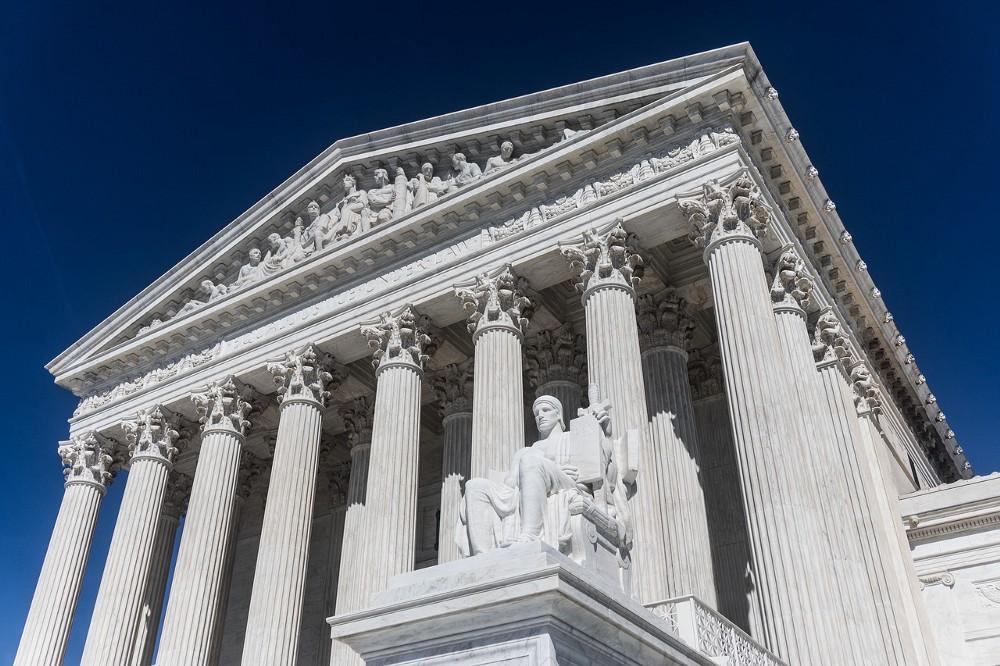Houston Conviction and Death Sentence Goes to U.S. Supreme Court
Court watchers believe Justices will side with plaintiff

Carlos Ayestas’ defense attorney spent two minutes arguing that his client should not be executed during the penalty phase of his 1995 trial in Harris County, Texas for the murder of 67-year-old Santiaga Paneque. The defense presented no witnesses or mitigation, nor did it mention that Ayestas may have suffered from mental illness.
“It’s no surprise that the jury took 12 minutes to sentence him to death,” said capital punishment expert Brandon Garrett, a Professor at the University of Virginia School of Law. “They had no reason not to sentence him.”
This past Monday, Ayestas’ case went to the U.S. Supreme Court. The justices are being asked to decide whether Ayestas has the right to receive funding for “investigative, expert, or other services” that would allow him to challenge his conviction and death sentence. Lawyers for Ayestas hope to eventually prove that their client suffers from substance abuse and mental illness, and should not therefore be eligible for the death penalty. They maintain that his death sentence should be thrown out because of incompetent counsel. But first, they need resources to hire experts and conduct an investigation.
“Mr. Ayestas has been diagnosed as schizophrenic,” said University of Maryland law professor Lee Kovarsky, who argued Ayestas’ case before the Supreme Court. “But that diagnosis happened after his trial.”
The U.S. Court of Appeals for the 5th Circuit had previously ruled that an inmate must show “substantial need” to receive funding, and determined that Ayestas hadn’t met that threshold. But court watchers who observed Monday’s oral arguments said the U.S. Supreme Court appeared primed to overturn the lower court ruling and mandate funding for Ayestas.
A majority of the justices seemed to be swayed by the argument that the 5th Circuit Court had not used the correct standard for gauging “substantial need” in cases where an individual has been sentenced to death, wrote Steve Vladeck in Scotusblog.
“Indeed, a narrow remand to the Court of Appeals to apply the correct standard may well help the Supreme Court to dodge some of the thornier issues that came up at various points during the argument,” Vladeck wrote.
The Supreme Court is expected to issue a decision in the case in 2018.
Speaking during a conference call last week, Kovarsky argued that Ayestas was entitled to additional resources because his original lawyers failed to do their job. Robert Dunham, executive director of the Death Penalty Information Center, who spoke during the same conference call, said it would be wrong to execute Ayestas when his right to competent counsel had been denied.
“Schizophrenia is not something that pops up overnight,” Dunham said. “Any mitigation would have turned something up.”
Garrett said the problems associated with Ayestas’ conviction are common in death penalty cases.
“The death penalty is not reserved for the worst of the worst… It’s reserved for those with the worst lawyers,” he said.
The Supreme Court’s decision could set a precedent that allows others to challenge their death sentences based on the poor quality of their legal representation. Kovarsky said he did not know how many people facing death might be impacted by a Supreme Court ruling in favor of Ayestas.
Kovarsky also noted that death penalty defense, in general, has improved markedly since the 1990’s. For example, it is now considered standard for death penalty lawyers to check out the mental health and substance abuse histories of their clients, and to use that history to argue for leniency. But 20–30 years ago, doing so was not common practice.
During that era, according to Kovarsky, “lawyers existed in a legal culture that hadn’t really gotten with the program.”
The creation of regional capital defense offices, which now handle death penalty cases in many states, has also led to higher quality representation for those facing potential death sentences, Garrett said.
Ayestas’ challenge is the latest in a string of recent successful appeals to capital sentences originating in Harris County, which has sentenced more people to death since 1976 than any other county in the United States.
Earlier this year, the U.S. Supreme Court threw out the death sentence of Duane Buck after finding that his trial was marred by the illegal exclusion of black people from the jury. That case was resolved when Harris County District Attorney Kim Ogg allowed Buck to be resentenced to life in prison. She maintained that the racial bias exhibited in the original trial made it impossible to secure another death sentence.
The Supreme Court also overturned the death sentence of Bobby Moore in March. Moore was convicted and sentenced to death for killing James “Jim” McCarble during a Houston grocery store robbery in 1980. However, in a 5–3 decision, the Supreme Court ruled that Texas did not properly consider whether he met the threshold for being intellectually disabled, and therefore was ineligible for the death penalty.
On Wednesday, Ogg recommended that Moore be resentenced to life in prison. “I’m doing what I believe the law requires,” she stated. “The nation’s highest court has ruled that intellectually disabled persons can’t be subject to the death penalty.”
